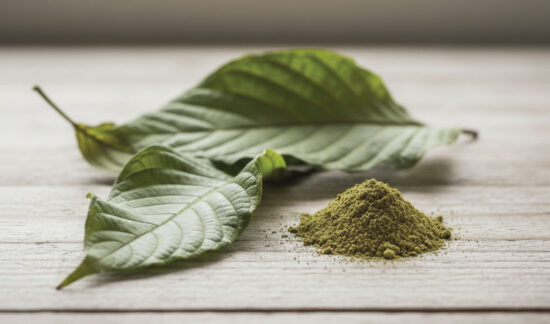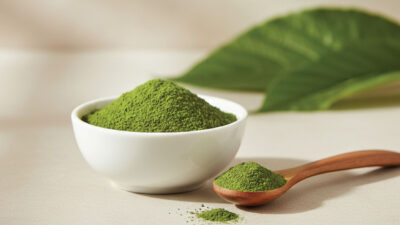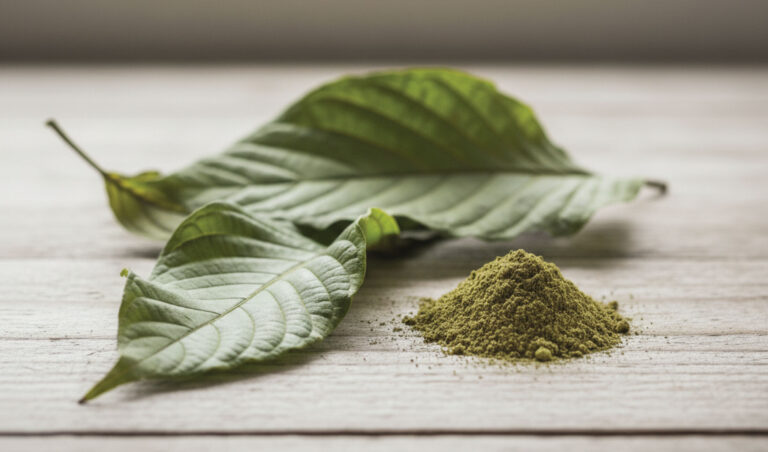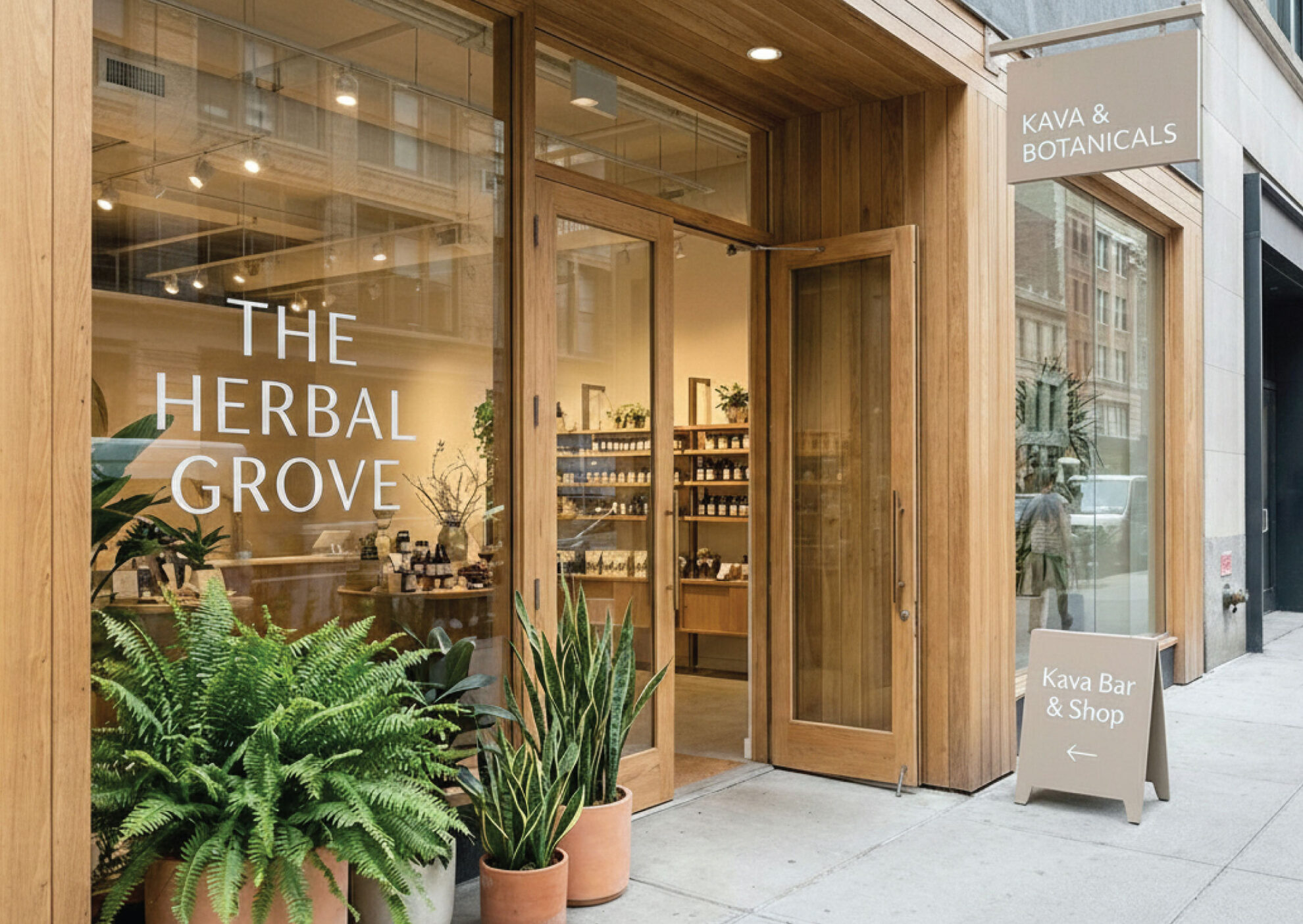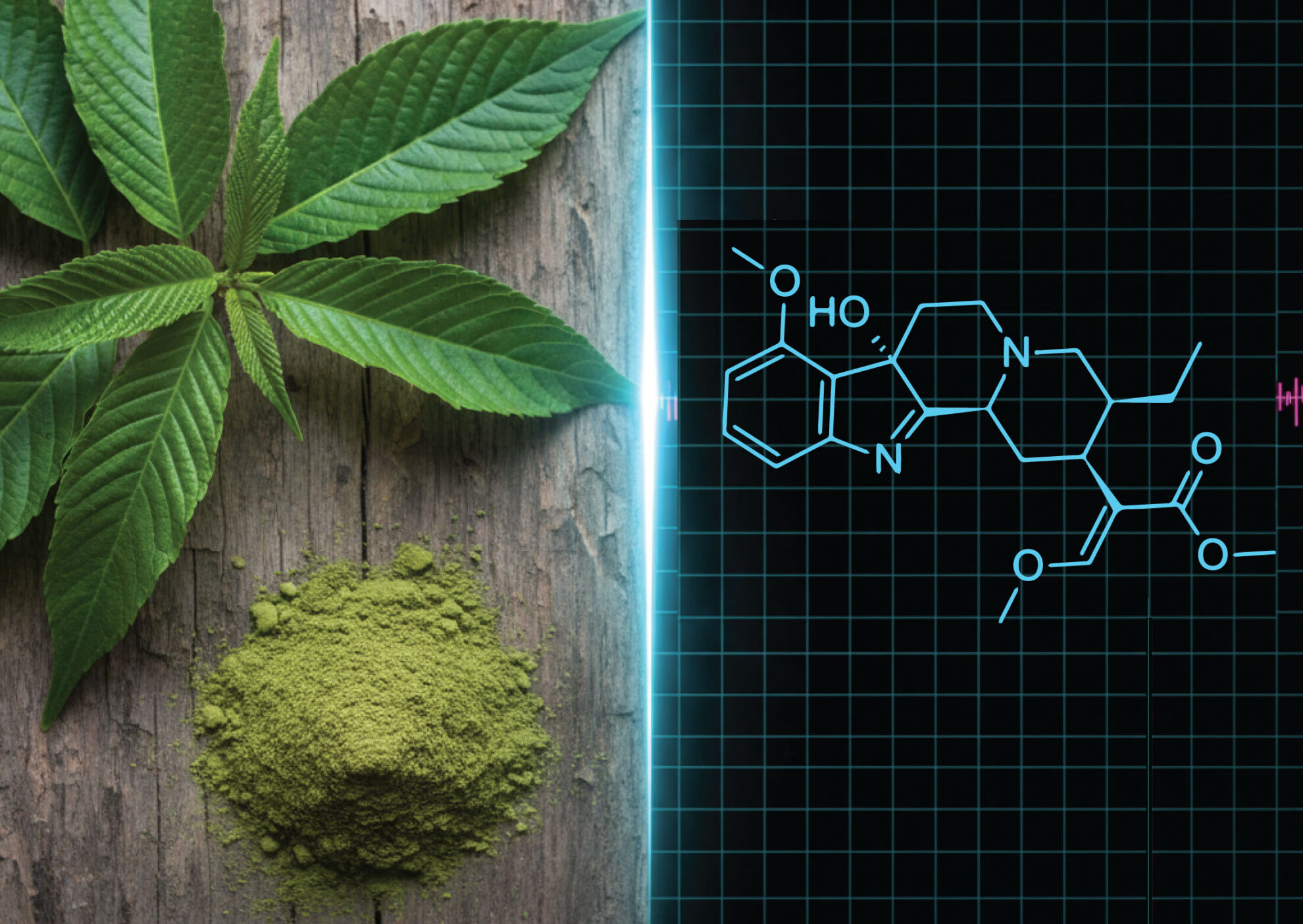Most experienced Kratom users have heard the term 7-OH, but few know exactly what it means. Short for 7-Hydroxymitragynine, 7-OH is a natural alkaloid found in Kratom. 7-OH is found in trace levels in the Kratom tree’s leaves. Secondly, your own body can make it. (We’ll explain this nifty trick.)
Despite centuries of Kratom use, we are still discovering new things about how it works in the body. Much of the use we’d call “therapeutic” comes from this one, potent molecule – 7-Hydroxymitragynine. It wasn’t isolated (discovered) until the mid-90s, but this tiny molecule is making a significant impact for modern Kratom users.
Today, we’re addressing some key questions about 7-OH. We’ll answer those questions and explain why 7-OH has become such a big deal lately.
- What is 7-OH? How does it work?
- When is 7-OH the right choice?
- Why are some states considering a 7-OH ban?
- What do you do if you can’t get 7-OH anymore?
Understanding 7-OH: What It Is and Where It Comes From
Kratom, or Mitragyna speciosa, contains dozens of alkaloids that shape how it works in the body. One of the most powerful is 7-OH, short for 7-Hydroxymitragynine. Though it exists only in trace amounts in the leaf, it plays a significant role in Kratom’s potency and how users feel its effects.
- Full name: 7-Hydroxymitragynine
- Molecular formula: C23H30N2O5
- Molecular weight: 414.50 g/mol
- Chemical class: Indole alkaloid
Chemically, 7-OH is a derivative of Mitragynine (MIT). If you’re familiar with Kratom’s active compounds, then you know that Mitragynine is the most abundant of the alkaloids. It’s also the most studied.
When you consume Kratom, your body converts some Mitragynine into 7-OH through normal liver metabolism. That means you’re still getting some 7-OH, even if you don’t see it on the product label. 7-OH also occurs in the leaves themselves at low levels, roughly 0.01-0.05% by weight.
7-OH is found naturally in Kratom leaves in trace amounts and may also form when the body metabolizes Mitragynine. Lab-extracted or synthetic 7-OH can raise levels far above natural amounts, potentially increasing risks. Isolating this alkaloid may disrupt the natural synergy of Kratom’s compounds. For most users, full-spectrum powders are recommended, while concentrated extracts are suited only for advanced, cautious use.
What Does 7-OH Do in the Body?
Early research suggests that 7-OH may influence pain and mood pathways. This research angle concerns 7-OH’s higher affinity for opioid receptors in the body. Its full therapeutic potential remains under study. But this modulation in the body is key to understanding both how 7-OH products work and why they are under legal fire. Because of their higher activities at the receptors:
- Higher therapeutic potential.
- Significant impact, even at low levels.
- May carry a greater risk for side effects, dependence, or even overdose (Thresholds are unknown.)
- Moderation is recommended.
- Product testing to ensure cleanliness, naturalness, and exact potencies are essential.
From Natural to Not-so-Natural – the 7-OH Controversies
Modern laboratories make extraction easier and more targeted. Some vendors have begun isolating 7-OH and concentrating it, often leaving the other alkaloids behind. This raises several issues that have fueled discussions about potential 7-OH bans.
- Lab Isolation Offsets Balance: Lab-isolating 7-OH changes the chemistry of Kratom, offsetting the balance nature intended. See American Kratom Association on 7-OH.
- Questionable Potencies: Many consumers are unaware of the potency they may be consuming.
- Possible Chemical Adulteration: Such high potencies don’t make sense. It would take a considerable amount of source material to produce hundreds of times the 7-OH, suggesting lab adulteration.
- Fake or synthetic 7-OH compounds have not been sufficiently studied in the lab to determine their safety profiles.
7-OH Done the Right Way
At Kats Botanicals, we emphasize that any elevation in alkaloid levels must come from natural extraction, not chemical alteration. This is how we protect the chemistry of Kratom and use it safely and predictably for our wellness.
We demonstrate this commitment to natural Kratom products and consumer safety with complete product transparency. This means we do not hide behind hype or marketing slogans. This transparency helps maintain user safety and trust, two things that often get lost when “high potency” becomes a selling point.
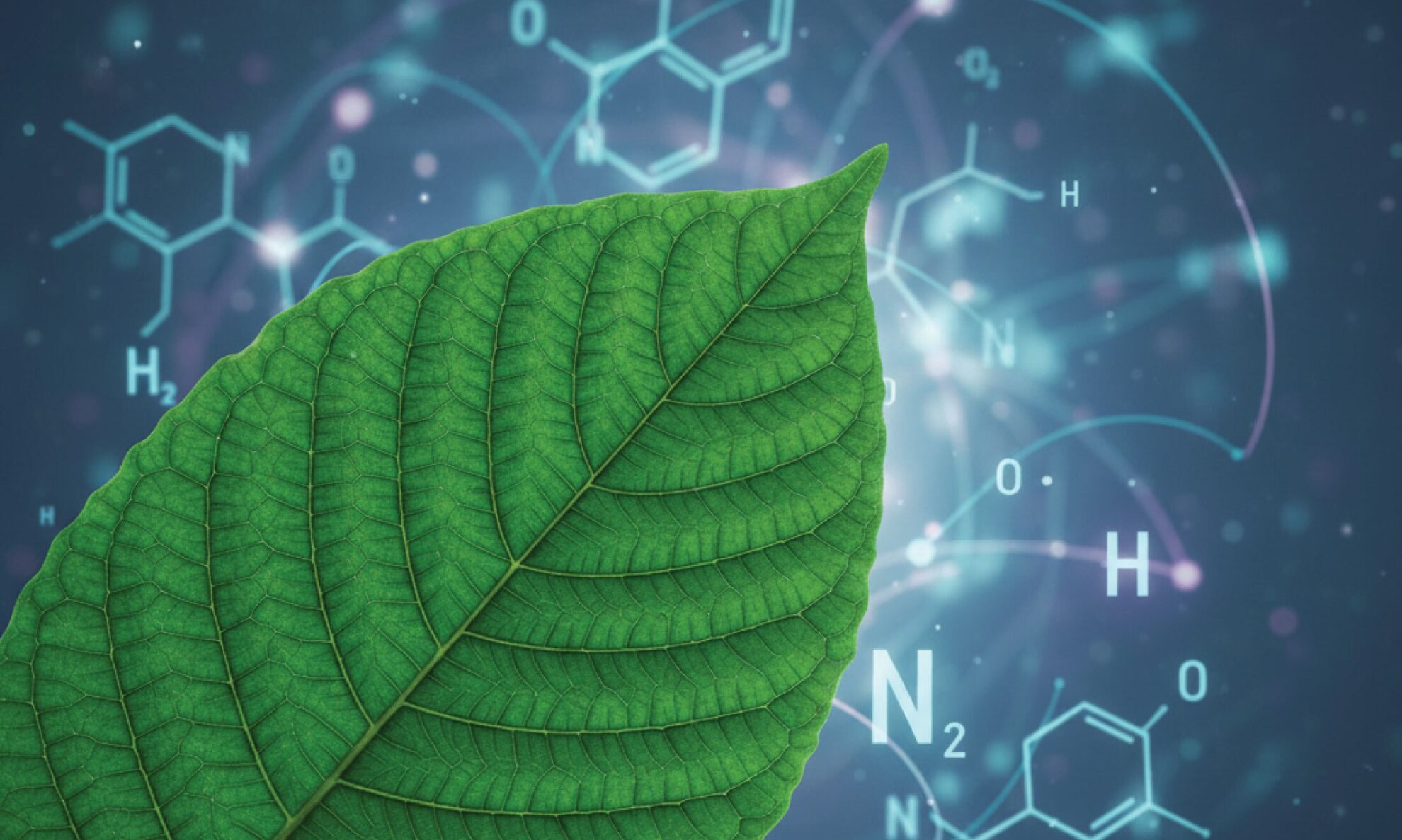 Why 7-OH Matters: Potency, Effects, and Use Cases
Why 7-OH Matters: Potency, Effects, and Use Cases
7-OH is the strongest Kratom alkaloid discovered so far. In lab settings, it binds more readily to specific receptors than Mitragynine, suggesting a higher contribution to Kratom’s potent effects. Some studies have shown this strength to be more than ten times that of Mitragynine. Strength, however, isn’t the only important factor. Potency doesn’t mean “better” or safer, only that it’s more concentrated in activity.
In the context of regular Kratom powders, this potency isn’t a problem because 7-OH appears only in trace amounts. So, if you’re using regular Kratom powders and a 7-OH ban goes into place, it does not affect your routine. Your body will continue to make some 7-OH for your comfort as you process your Kratom doses.
If you’re taking Kratom extracts, Kratom extract enhanced tablets or capsules, or Kratom shots, then listen up. A 7-OH Kratom ban targets that one molecule. Plus, the elevated concentration demands careful use. These products are typically designed for advanced users who already understand dosing and tolerance. Beginners should stick with full-spectrum powders or capsules.
- Determine whether your product contains 7-OH (read the COA or contact the manufacturer).
- Determine whether your product remains legal for you to use.
- Always, always use any 7-OH product with greater caution, especially when determining dosage amounts. Never combine with alcohol, medications, or exceed doses.
Kratom Extract vs 7-OH Use Cases Compared
While 7-OH brings incredible potency, it also increases the risk of overuse or discomfort if misused. That’s why Kats Botanicals promotes lab-tested, well-labeled extracts. The goal isn’t to chase intensity. It’s to sustain balance and well-being. So we educate consumers on these types of Kratom products, encouraging mindful, responsible use.
Take a look at the use cases for each “level” of Kratom, compared to the “new” 7-OH products:
| Product Type | Typical 7-OH Presence | Potency Level | Intended Users | Notes |
| Regular Kratom Powder | Trace amounts formed naturally during metabolism | Mild to moderate | Beginners and everyday users | Natural balance of alkaloids; steady and predictable effects |
| Enhanced Kratom Powder | Slightly elevated via natural extraction | Moderate to high | Intermediate users | Still contains full-spectrum alkaloids but may hit faster |
| Kratom Extracts (Full Spectrum) | Naturally increased through extraction | High | Experienced users | Lab-tested extracts maintain alkaloid balance |
| Kratom Shots / Concentrates | Often highly concentrated, sometimes with isolated 7-OH | Very high | Advanced users | Rapid onset; must monitor dosage closely |
| 7-OH-Isolated Products / Advanced Kratom Alkaloids | Synthetic or lab-isolated forms | Extremely high | Not recommended | Potentially unsafe; disrupts natural alkaloid synergy |
Learn about “advanced Kratom alkaloids”, which are also under scrutiny for safety and potency reasons. 7-OH vs Advanced Kratom Alkaloids.
Is 7-OH Safe? What the Science and Experts Say
Safety is the top concern when discussing 7-OH Kratom. Kratom experts (and some lawmakers are taking this stance that 7-Hydroxymitragynine should only be used in its natural amounts. Concentrated or synthesized Kratom products containing 7-OH are taking the market by storm, but also creating a storm of safety concerns.
The FDA has raised issues over potential respiratory depression associated with high levels of 7-OH. This has been demonstrated in lab settings. Other studies have outlined a higher abuse potential. This can be observed in lab settings based on the reward-seeking behaviors of the subjects. One study conducted in High Point, NC, determined that “7-HMG should be considered a Kratom constituent with high abuse potential that may also increase the intake of other opiates”.
As research expands, scientists continue studying 7-OH’s metabolism, half-life, and long-term effects. Until then, transparency, moderation, and lab testing remain the cornerstones of safe Kratom use.
7-OH vs. Other Kratom Alkaloids: How It Compares
To be clear – 7-OH, itself, is not the problem. It’s the high levels in some Kratom products, or potential adulterated compounds, that are the problem. The alkaloid itself is actually quite a fascinating study. But like all good things, it must be handled with the care it requires.
| Alkaloid | Relative Potency | Typical Effects | Use Case |
| Mitragynine | 1x | May influence mood and energy | Daily or beginner use |
| 7-OH | 10–13x | Potentially relaxing, may deepen effects | Advanced or targeted use |
| Speciogynine | ~0.5x | May smooth overall experience | Balance/support |
| Paynantheine | ~0.5x | Potentially moderates effects | Balance/support |
Related reading: MIT vs 7-OH.
Legality of 7-OH: What You Need to Know
The legal status of 7-OH is big news in Kratom right now. Federally, it’s still legal, but state laws may differ. It’s up to the user to check the legality status for all Kratom products they buy, transport, or use:
- Look for Kratom Consumer Protection Acts (KCPA) or similar laws in your state.
- If any part of the Kratom plant is banned, check the COA lab test results to see if that is in your product.
- Check whether the vendor has the proper credentials: the American Kratom Association’s GMP.
- Check the Kratom Legality Map.
7-OH’s legality often depends on how it’s produced. Some states have ruled that what’s naturally in the plant is fine, but have banned 7-OH extracts. If synthesized or added in high concentrations, it may fall under analog or synthetic substance laws. This is why transparent labeling and Certificates of Analysis (CoAs) are essential for consumer protection.
Kats Botanicals remains committed to compliance and supports responsible regulation through the AKA. By educating consumers and promoting testing standards, we help ensure Kratom remains safe, legal, and accessible for adults who use it responsibly.
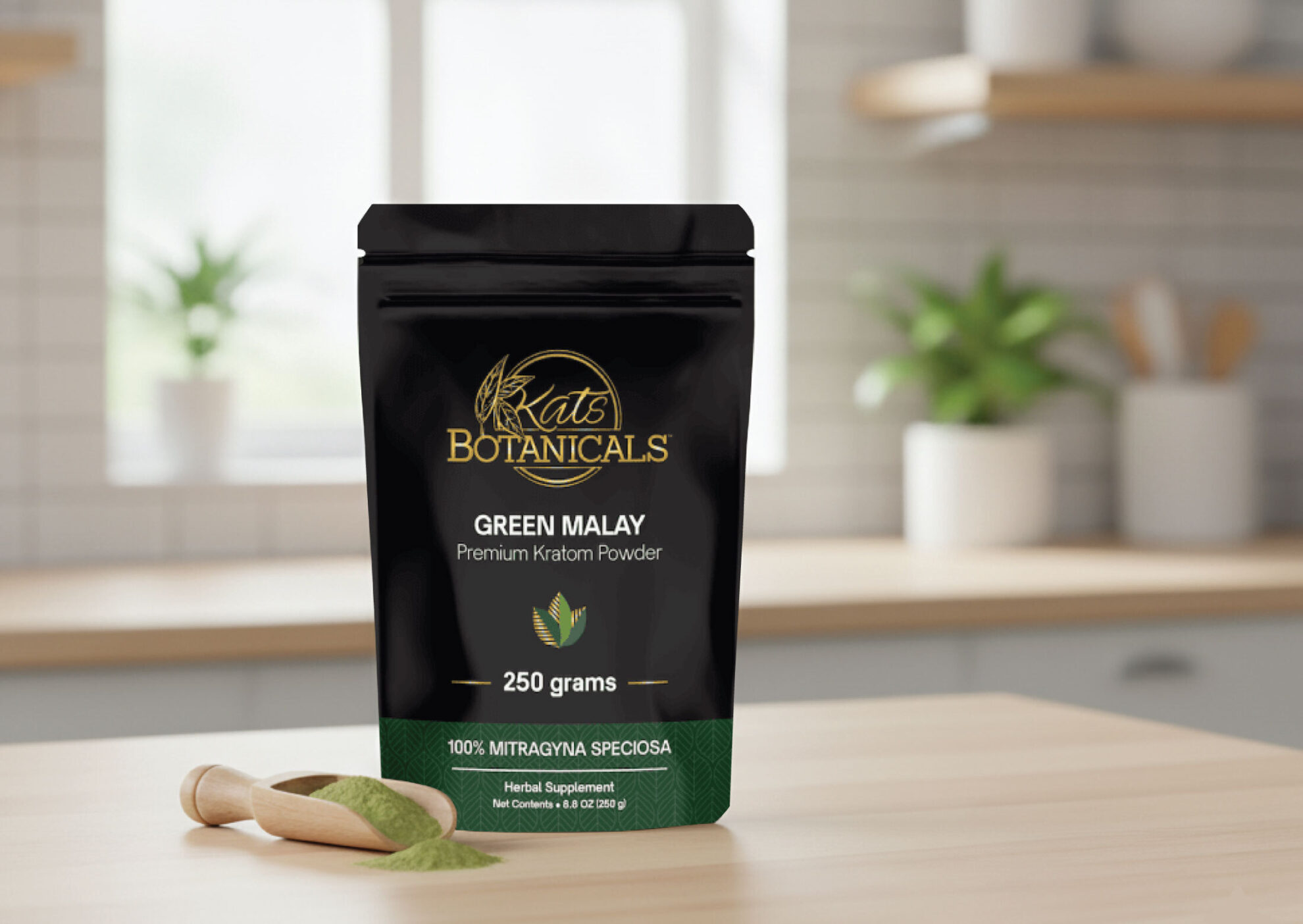 Where to Buy 7-OH Safely | 7-Hydroxy Vs Kratom Extracts
Where to Buy 7-OH Safely | 7-Hydroxy Vs Kratom Extracts
Right here at Kats Botanicals! There’s no need to panic if you can’t get 7-OH in your area, or if a ban is on the horizon. Instead of buying potentially unsafe 7-OH isolation products, visit our page on full-spectrum Kratom powder or capsules. These remain the safest, most balanced choice.
We offer vendor integrity and product transparency to ensure consumer trust and safety. You can see batch-specific COAs right on our website. Our products are thoroughly tested and clearly labeled so you know you are getting authentic Kratom with us. This includes complete ingredient lists, information about sourcing, and guidance on using the products responsibly.
FAQs About 7-OH
Yes. 7-OH is more potent by weight. However, higher potency isn’t always beneficial. It’s not necessary to isolate 7-OH since it’s produced in the body when you consume Kratom.
Experts recommend using 7-OH products sparingly, if at all. Instead, choose a routine grounded in regular Kratom powders, and supplemented, as needed, with fortified Kratom extract powders or shots.
Not everywhere. While most U.S. states permit Kratom, a few have local restrictions. Always check current laws before purchasing or traveling with Kratom products.
Most often, 7-OH appears in extracts, tablets, or liquid shots marketed as “advanced alkaloids.” If purity or labeling seems unclear, skip it. Opt for more reputable brands that disclose their sources and results.
Final Thoughts: Is 7-OH Right for You?
7-OH is an important part of Kratom’s chemistry. Its strength and variability enhance the routines of experienced users who understand their body’s response to Kratom. That said, isolating 7-OH is not only unnecessary for an improved Kratom experience, but it may not be safe.
Kratom extract products can be made without the tampering associated with 7-OH isolation. Look for Kats Botanicals lab-tested, full-spectrum Kratom products enhanced by extracts but not fortified with high 7-OH numbers. It’s the safer and more enjoyable way to enjoy Kratom’s compounds.

